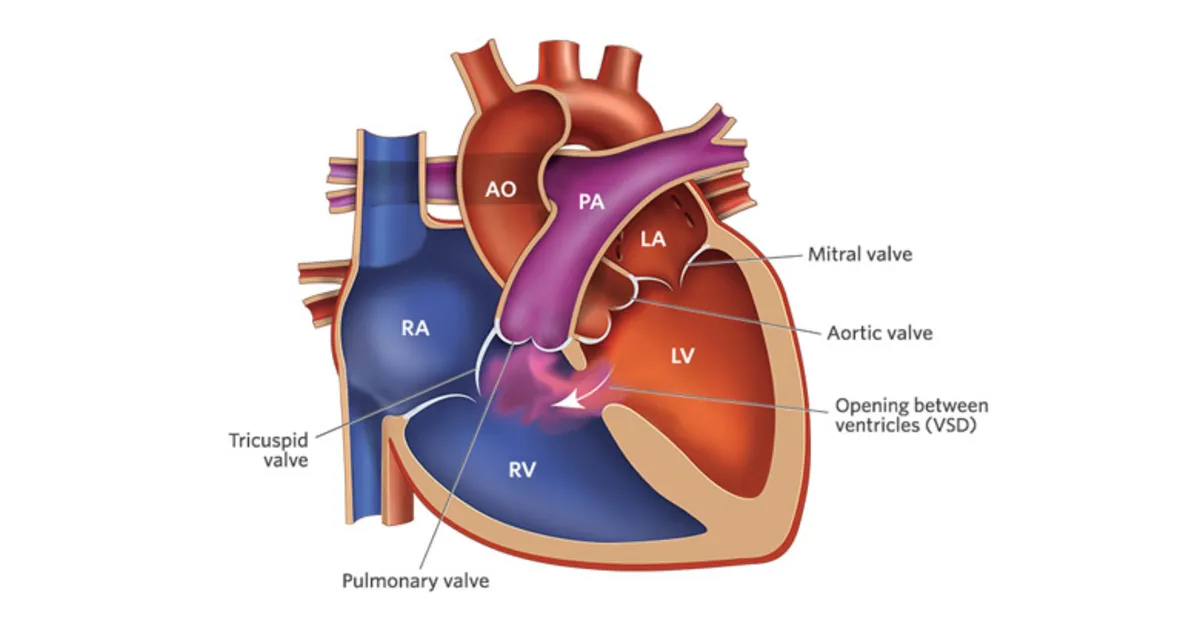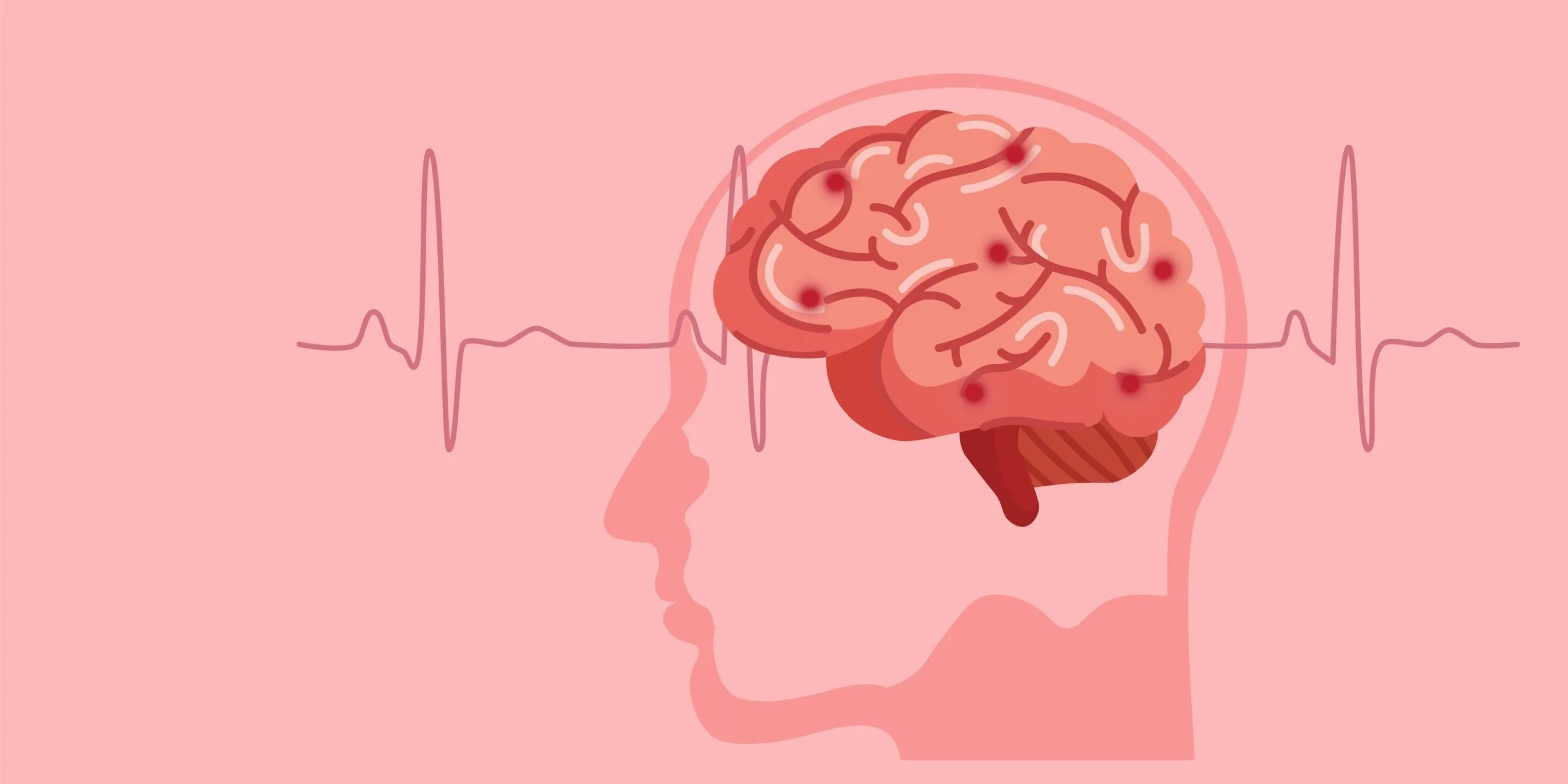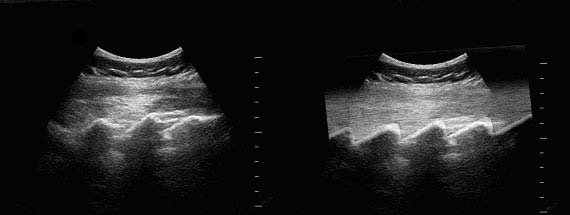Issue, August, 2025
Newsletter
Conceptual Anesthesia
Conceptual Anesthesia – July Highlights
The videos your peers couldn’t stop watching – have you caught up yet?
Every month, thousands of anesthesia residents turn to Conceptual Anesthesia to strengthen their clinical concepts and decision-making skills. July was no different — but if you missed these sessions, you’re already behind. From advanced clinical topics to practical anesthesia skills, the most-watched videos this month were handpicked for real-life OT and ICU scenarios.
Here’s a quick rundown — don’t miss these gems 👇
1. Ventricular Septal Defect Explained Dr. V. Sangeetha
High-yield congenital heart defect discussion from an anesthesia lens
You Will Learn:
➡️ Embryology of the interventricular septum
➡️ Types of VSD: membranous, inlet, outlet & muscular
➡️ Clinical features, echo findings, and complications
➡️ Indications for surgical/device closure
➡️ Anesthesia implications and case-based takeaways

2. Brain Dead Donor Management Explained By Dr. Susan Paulin
A must-know topic that’s rarely taught thoroughly
Learn how to:
➡️ Determine and declare brain death
➡️ Conduct apnea testing
➡️ Manage donors in ICU and OT
➡️ Navigate the legal and clinical brain death process
➡️ Use ancillary testing like EEG, CT Angio effectively

3. Ultrasound-Guided Spinal Anesthesia By Dr. Viral Parekh
Upgrade your spinal technique with ultrasound precision
You Will Learn:
➡️ Pitfalls of the landmark-guided approach
➡️ Benefits of USG guidance in complex patients
➡️ Anatomical identification tips
➡️ Practical pearls for depth, angle & safety
➡️ Evidence-backed advantages in pregnancy, obesity & elderly

4. TIVA & TCI Models Explained By Dr. Gurusanthiya S
Get into TIVA and Target-Controlled Infusion models
You Will Learn:
➡️ Basics of TIVA – when and why it’s used
➡️ Clinical examples: ENT, neuro, daycare anesthesia
➡️ The 3-compartment pharmacokinetic model
➡️ TCI strategies: bolus vs continuous infusion
➡️ Applications in MH, neuromuscular disorders, and more

5. Anesthesia in Parkinsonism By Dr. Unmesh Bedekar
Perfect session for managing Parkinson’s patients in the OT
You Will Learn:
➡️ Simplified pathophysiology
➡️ Key pre-op assessment points
➡️ Regional vs general anesthesia: What to choose & when
➡️ Drug interactions and post-op risks
➡️ Real-world safety strategies
Click Here to Watch

Conclusion – Stay Ahead, Stay Clinical
What makes Conceptual Anesthesia unique is that it doesn’t just teach theory — it prepares you for the decisions you’ll make every day in the OT, ICU, and exam hall. These July sessions were not only the most-watched but also the most appreciated by residents like you across India.
If you don’t want to miss high-impact content like this, subscribe to Conceptual Anesthesia now on the eConceptual App. Learn smarter, save time, and grow clinically — one focused session at a time.
👉 Subscribe Now Conceptual Anesthesia| Watch. Understand. Master.

